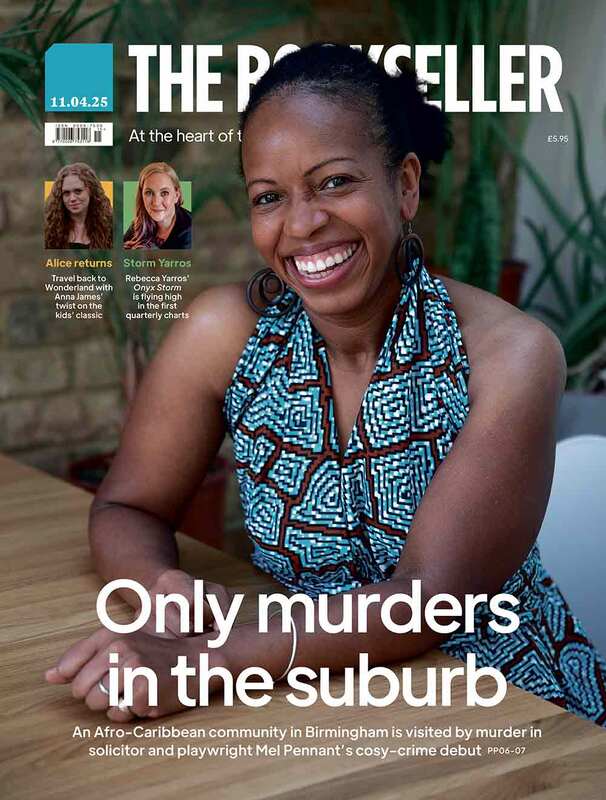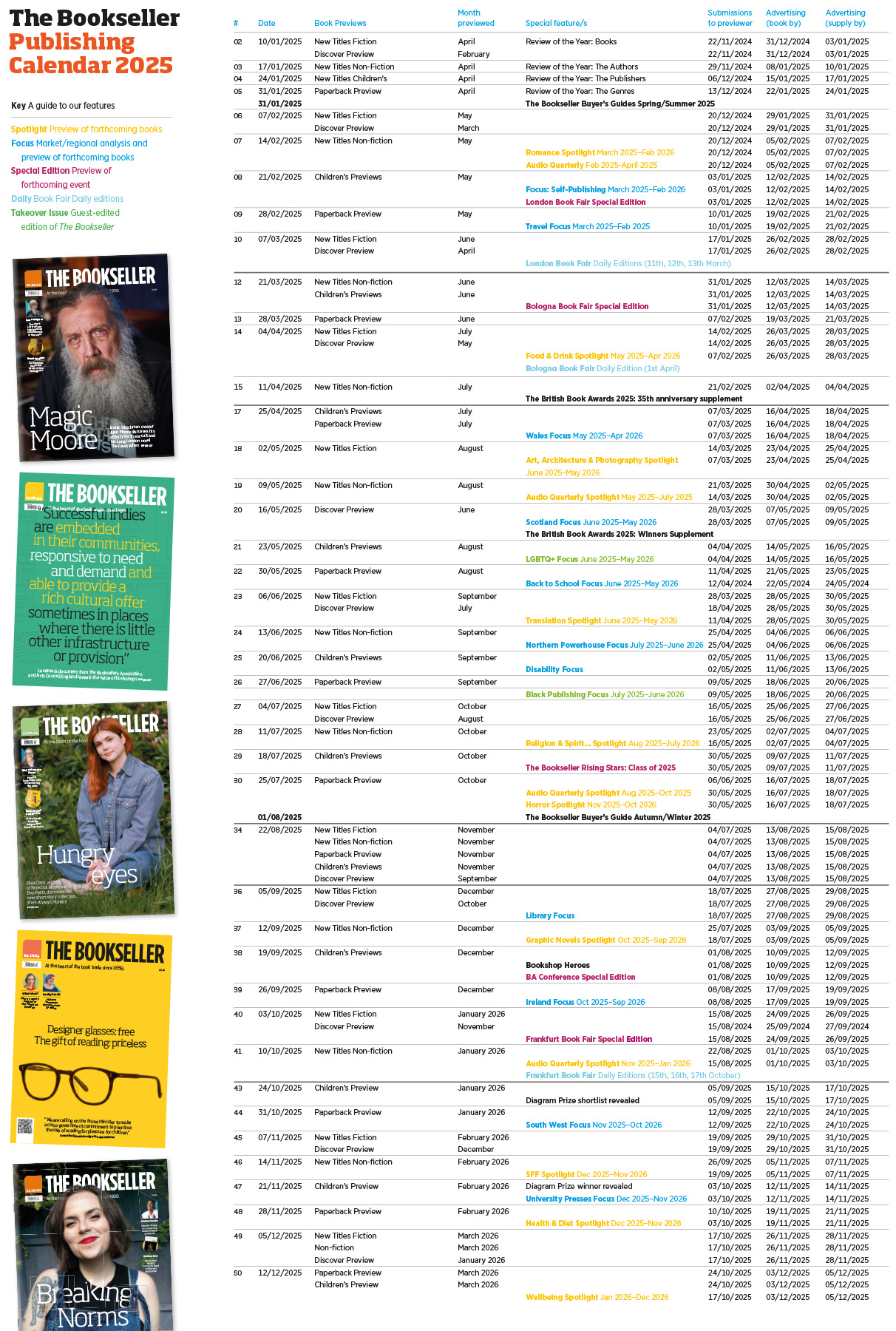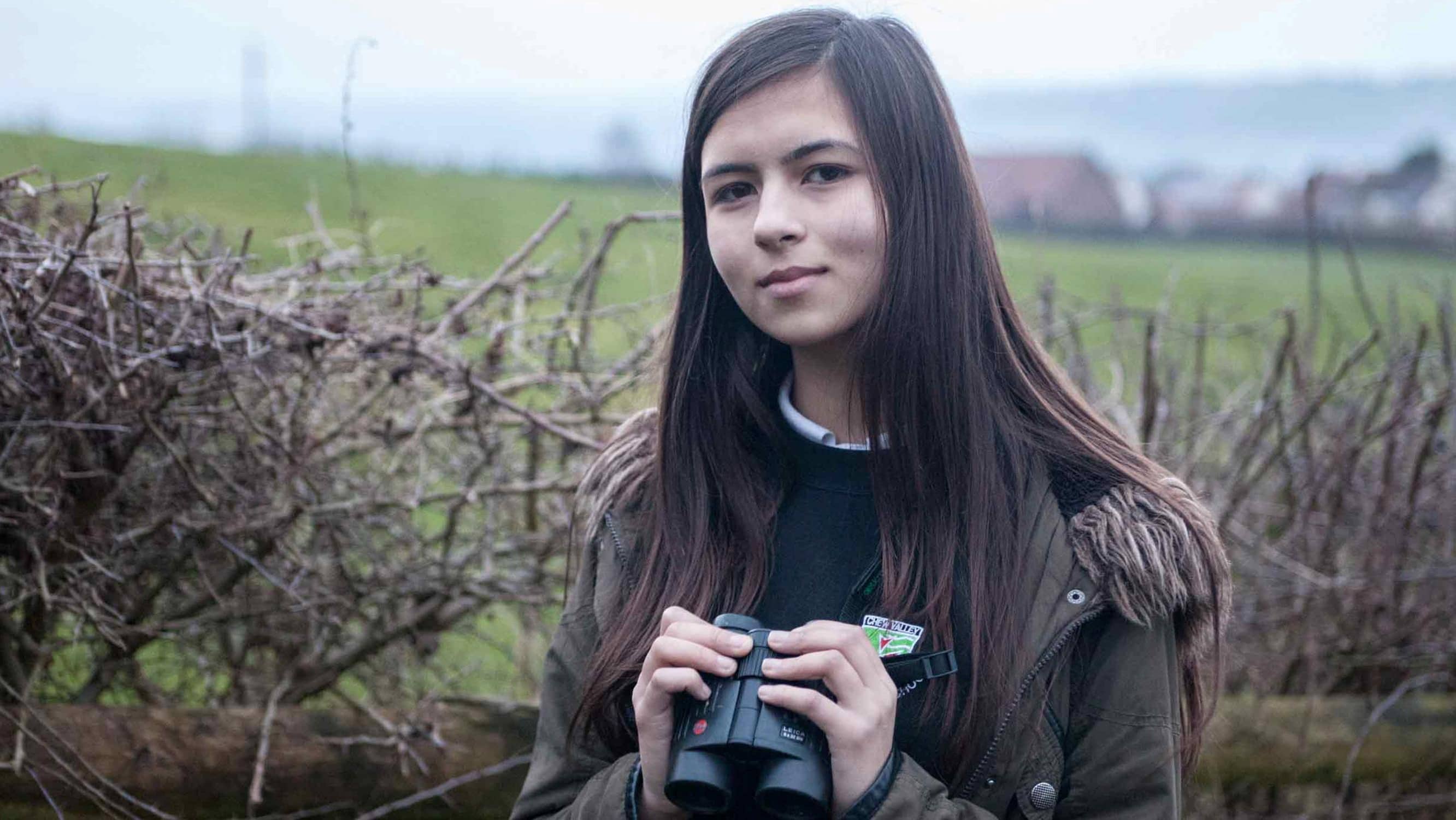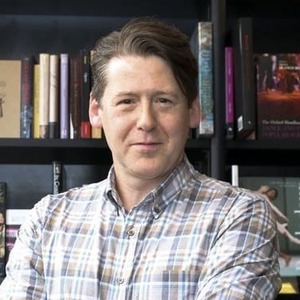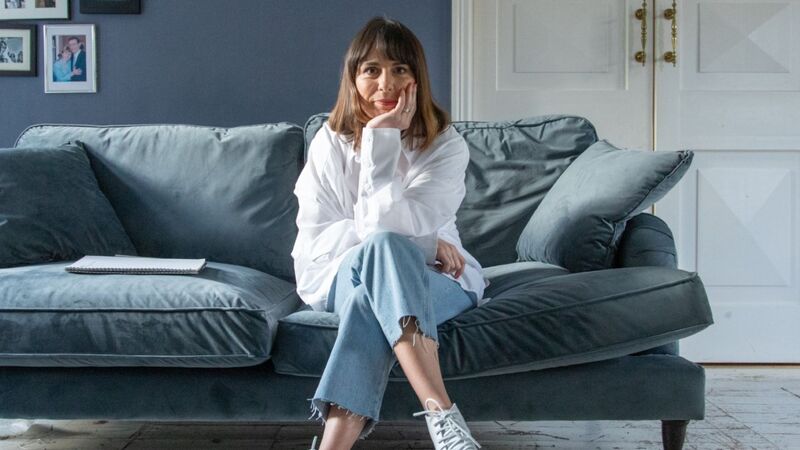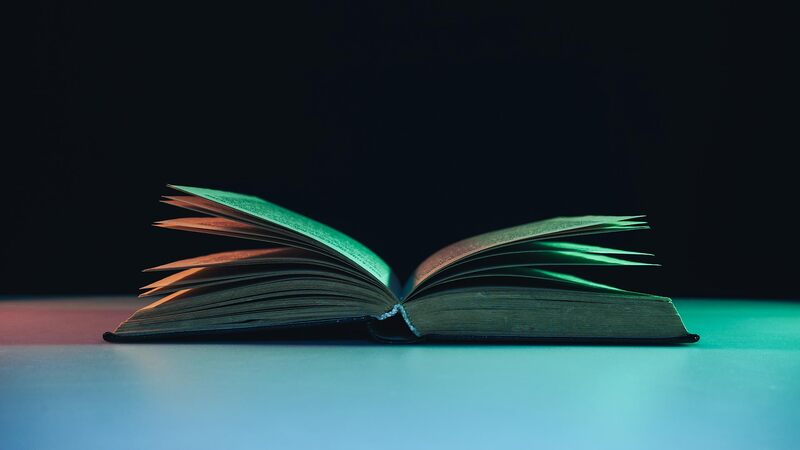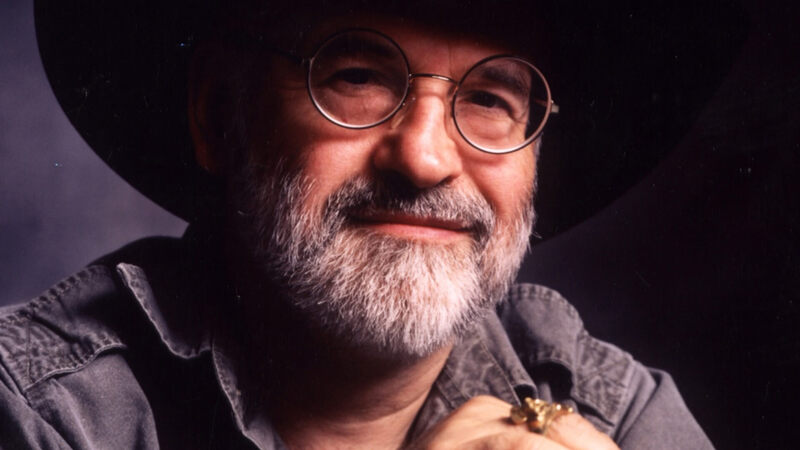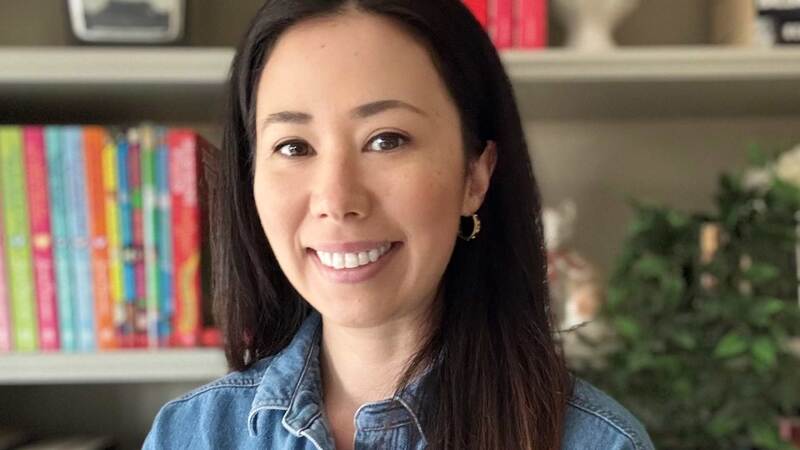You are viewing your 1 free article this month. Login to read more articles.
Mya-Rose Craig | 'If you care and want to change the world, you can go out and do it'
The birder who found fame following her blog Birdgirl discusses her new book, We Have a Dream, which tackles discrimination on the debate over climate change
Mya-Rose Craig is a Bristol-based ornithologist who has been blogging about birds as Birdgirl since she was 11. She first gained fame after being featured on the 2010 BBC Four documentary “Twitchers: A Very British Obsession”, and has appeared on “Springwatch”, “Countryfile” and “The One Show”. The Bookseller talked to her about her new book, We Have a Dream (Magic Cat), which tackles discrimination in the debate over climate change.
How did We Have a Dream come about?
I’m 19 now and I have been doing environmental activism since I was 11 or 12 and have been very passionate about environmental issues, especially climate change. I was thinking that around 2017/18, when suddenly climate change and environmental issues went from something a bit weird to talk about and care about to being the issue of a generation, that it was exciting to see a lot of activists my age getting spotlighted in the media. But I began to realise that the people the media were highlighting were for the most part white and from Western countries.
I’m a big advocate for global climate justice, which is basically making sure that everyone’s voices are heard in the climate change conversation. And I felt like what was happening was the opposite of that. So when I got the opportunity to write an environmental children’s book, I knew that I wanted it to be interviewing people that weren’t really getting that platform from the media. So, the book profiles 30 different young environmental activists of colour, especially indigenous people, and most come from outside the West. I think it’s important, particularly with all these climate change conversations happening, and with COP26 [the UN’s climate change conference, to be held in Glasgow this November], that we hear all these voices.
Why do think there is this bias in the media to mostly look to Western countries?
There is a self-perpetuating cycle in how the media presents these people, even when they do go outside the West. Almost every non-Western young environmental activist is presented as, say, “the Greta [Thunberg] of China” when they might not be anything like Greta. And Western countries have very Western narratives around climate change and the way they think about environmental issues. Which I think is because in the West, in some ways, we’re not immediately impacted by climate change, it can be more abstract. This was the most hard-hitting thing about writing this book: almost all [the interviewees] are affected by climate change in their everyday life—they have to fight for clean drinking water, have to stand up to oil companies trying to take their land. They have been aware of these issues and have been fighting since they were young children.
Are there any people in the book who you were particularly inspired by?
All of them! What was really interesting is they are doing different types of activism, which comes from their own life experiences. For example, there’s a boy called Lesein Mantuke from Kenya, where there is a deforestation problem. He is very into football and decided to start a project that combines football and restoring forests by planting trees. So, for every goal he scored he would plant 11 trees. The project spread really quickly, different football teams started joining in, and now he’s linking up with the Kenyan forestry department.
Why did you decide to write this as a children’s book?
I think it’s important to talk to kids about these issues in a way that makes them feel a bit more real. And it can be inspirational. Some of the people in the book are adults, but all of them started when they were incredibly young—one when she was six years old. So, one of the big messages that I wanted to be in the book was that if you care and want to change the world, you can go out and do it. It doesn’t matter that you’re not an adult.
Is it fair to say the pandemic has put the brakes on the climate change movement in some ways?
The environmental movement was getting a lot of traction just as Covid hit. I think some governments have used the pandemic as a way not to talk about the environment. Obviously, Covid was extremely urgent. But climate change wasn’t going away because the world had to deal with another big issue. But I’m really hoping that things are going to go back for the movement to where they were just as the pandemic was starting, in terms of the numbers, passion and traction.
You became famous very young as a birder, at aged 11 being the youngest person to see half the world’s birds. How has birding affected your life?
I got into birding when I was a kid because my parents and my older sister were massive birdwatchers. I’ve done it literally my entire life: I was nine days old when my parents first took me birdwatching. Birds have been an intrinsic part of my life and I can’t imagine what it would be like without them. But if anything, I’ve become less serious about my birding; when I was a kid, it was very intense. I wanted to see as many birds as possible, I thought of it as a very competitive treasure hunt. As I’ve gotten older, especially during the pandemic, I’ve really learned to appreciate just spending time outside and the really simple pleasure of being outdoors, surrounded by nature.
In addition to campaigning for conservation, you have raised the issue of the racial component of the conservation movement in the UK...
Obviously, since I was young I’ve spent a lot of time in outdoor spaces, and when I was around 10 or 11 I started noticing that I never really saw anyone who wasn’t white, who looked like me, in the countryside. The more I dug into it, the more I realised that it wasn’t just the surface-level thing, it was actually very systemic: about the costs, about the racial make-up of conservation bodies.
And it has a lot of negative knock-on effects into the lives of people who didn’t have that connection to nature. We do a lot of diversity campaigning within the conservation sector. But I thought we needed to do more on the grassroots level as well. So we do a lot of stuff on the ground [with her non- profit, Black2Nature] running camps to get VME (Visible Minority Ethnic) kids connecting to nature. It’s prob- ably my favourite of the things I do.
As a famous young British Asian woman who campaigns for diversity and the environment on social media, you must attract a fair share of trolls. How do you deal with the uglier side of the internet?
I first started blogging about birds when I was 11, so I’ve been aware for a long time the internet isn’t 100% positivity. But I don’t really let those negative people affect me anymore—I think if I did, I would be very sad all the time. What I do gives me amazing opportunities, it gives me a voice, and I’m so lucky to have that.
In addition to We Have a Dream (illustrated by Sabrena Khadija; 5th August, HB, £12.99, 9781913520205), Craig’s memoir/“manifesto for hope”, Birdgirl, will be published by Cape next year.


